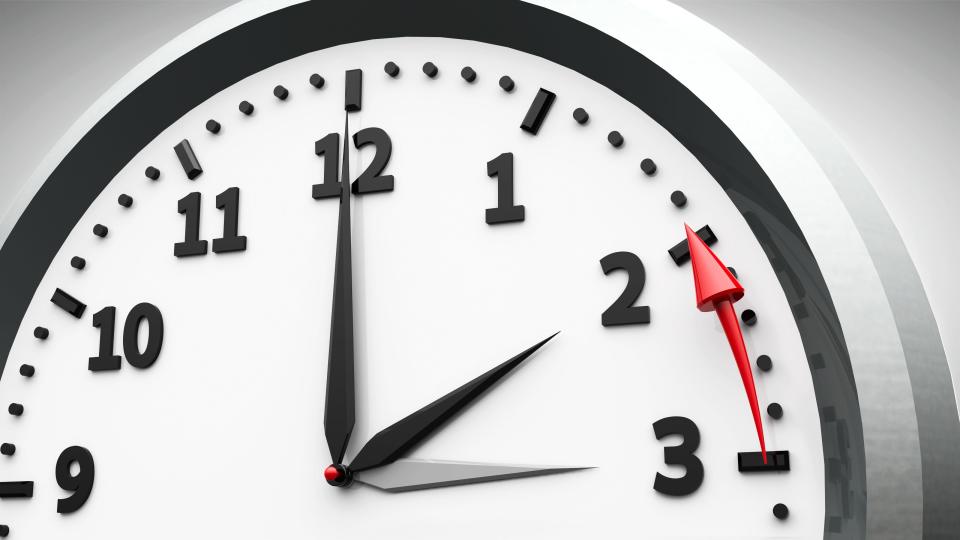When does daylight savings start 2024? Spring forward clocks on March 10.
Have you started wondering when daylight savings time will end and what that will mean?
In March, the clocks for millions of Americans will "spring forward," and everyone will lose an hour of sleep as daylight saving time begins for the year.
And then we won't have to think about daylight saving time again until November, when it ends. At that time, Americans will set their clocks back and gain an hour of sleep.
The time adjustment affects hundreds of people as their bodies adjust to the time change or they make new decisions about bedtime or enjoying later sunsets. It may not affect technology as much, as cell phones often reset themselves. It's just that one microwave or stove clock that may need a change.
These disruptions may have contributed to public sentiment souring on the time change in recent years, but legislative moves to do away with daylight saving time have stalled in Congress.
Here's what to know about when we "spring forward" and begin daylight saving time in 2024.

When is daylight savings?
Daylight saving time will begin for 2024 on Sunday, March 10, at 2 a.m. local time, when our clocks will go ahead one hour, part of the twice-annual time change that affects millions, but not all, Americans.
When daylight saving time begins in March, we will "spring forward" and lose an hour of sleep, as opposed to the November time change, where we "fall back" and gain an extra hour.
What's daylight saving time?
Daylight saving time is between March and November, when most Americans adjust their clocks by one hour.
People lose an hour in March to accommodate for more daylight in the summer evenings. When we "fall back" in November, it's to add more daylight in the mornings.
In the Northern Hemisphere, the vernal, or spring equinox, is March 19, marking the start of the spring season.
When does daylight savings end?
In 2024, daylight saving time will end for the year at 2 a.m. local time on Sunday, Nov. 3. It will pick up again next year on Sunday, March 9, 2025.
When does daylight savings time end permanently?
The push to stop changing clocks was put before Congress in the last couple of years, when the U.S. Senate unanimously approved the Sunshine Protection Act in 2022, a bill that would make daylight saving time permanent. However, it did not pass in the U.S. House of Representatives and was not signed into law by President Joe Biden.
A 2023 version of the act remained idle in Congress as well.
Does every state observe daylight saving time?
Not all states and U.S. territories participate in daylight saving time.
Hawaii and Arizona (with the exception of the Navajo Nation) do not observe daylight saving time, and neither do the territories of American Samoa, Guam, the Northern Mariana Islands, Puerto Rico and the U.S. Virgin Islands.
Because of its desert climate, Arizona doesn't follow daylight saving time. After most of the U.S. adopted the Uniform Time Act, the state figured there wasn't a good reason to adjust clocks to make sunset occur an hour later during the hottest months of the year.
The Navajo Nation, which spans Arizona, Utah and New Mexico, does follow daylight saving time.
Hawaii is the other state that does not observe daylight saving time. Because of its proximity to the equator, there is not a lot of variance between hours of daylight during the year.
USAToday contributed to this report.
This article originally appeared on El Paso Times: Spring forward 2024: When does daylight savings start?

